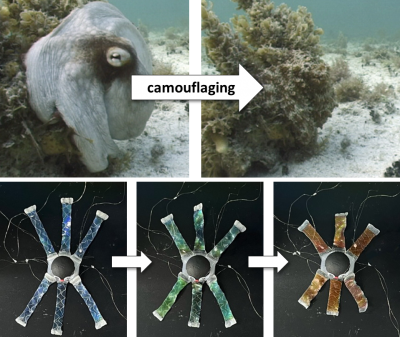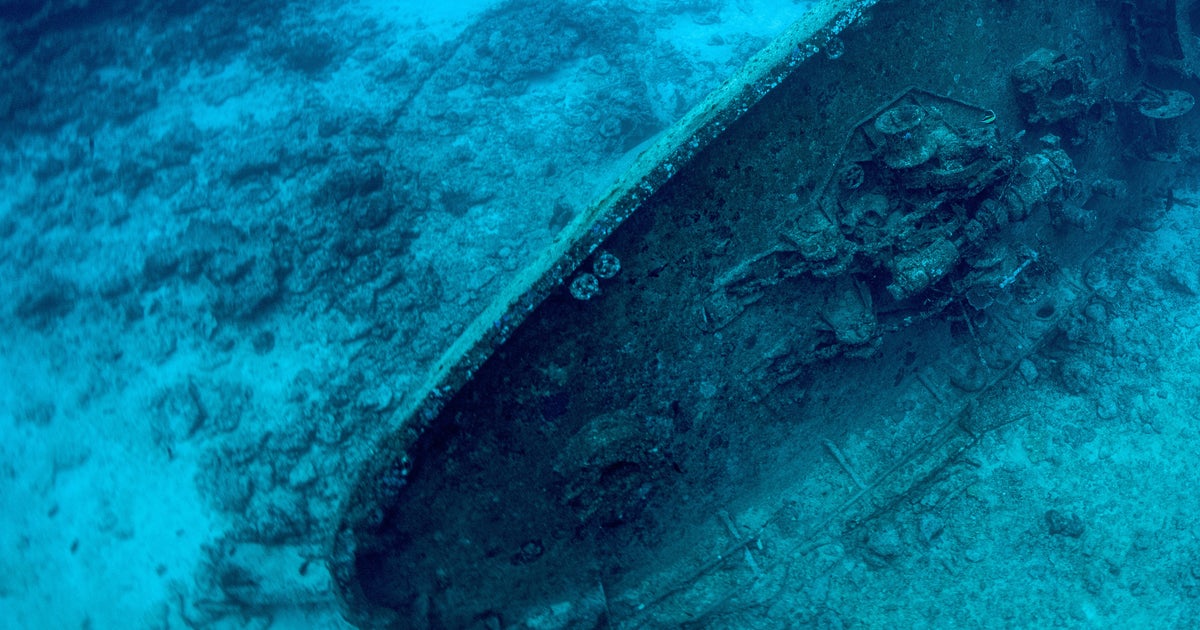After nearly 140 years, the wreck of the **F.J. King** has been located in **Lake Michigan**, shedding light on a maritime mystery that has intrigued researchers for decades. The discovery, announced on Monday by the **Wisconsin Historical Society** and the **Wisconsin Underwater Archeology Association**, marks a significant milestone in underwater archaeology and shipwreck exploration.
The vessel was found by a team led by researcher **Brendon Baillod** on **June 28, 2023**, near **Bailey’s Harbor**, a small town on the **Door Peninsula** of Wisconsin. This area is known for its rugged coastline and rich maritime history. The **F.J. King**, a 144-foot (43.89 meters) three-masted cargo schooner, was built in **1867** in **Toledo, Ohio**, and primarily transported grain and iron ore.
According to the historical accounts, the ship sank during a violent storm on **September 15, 1886**, while carrying iron ore from **Escanaba, Michigan**, to **Chicago**. The storm produced waves of **8 to 10 feet** (2.4 to 3 meters), which caused severe damage to the ship. After hours of attempts to pump water out, Captain **William Griffin** ordered his crew into a yawl boat. The **F.J. King** finally sank bow-first around **2 a.m.**, with the ship’s stern deckhouse being blown away, scattering Griffin’s papers over **50 feet** into the air. Fortunately, a passing schooner rescued the crew, bringing them safely to Bailey’s Harbor.
Efforts to locate the **F.J. King** have been ongoing since the **1970s**, but conflicting reports regarding the ship’s sinking location complicated these searches. Griffin claimed the ship went down approximately **5 miles** (8 kilometers) from Bailey’s Harbor, while a lighthouse keeper had noted seeing the masts of a schooner closer to shore. Over the years, numerous shipwreck hunters reported finding pieces of the wreckage, but these leads often resulted in dead ends.
Baillod theorized that Griffin might have misjudged his location due to the storm’s chaos. He meticulously mapped out a **2-square-mile** (5.17 square kilometers) area around the lighthouse keeper’s sighting and employed side-scan sonar technology. The search finally yielded results when they discovered an object measuring about **140 feet** (42.6 meters) less than half a mile (0.8 kilometers) from the indicated location. This object was confirmed to be the **F.J. King**.
In a statement, Baillod expressed the team’s disbelief at their success, saying, “A few of us had to pinch each other. After all the previous searches, we couldn’t believe we had actually found it, and so quickly.” The condition of the wreck was surprisingly intact, contrary to expectations that it would be in pieces due to the weight of the iron ore it was carrying.
The **Wisconsin Underwater Archeology Association** has made notable contributions to maritime discovery, having located five wrecks in just the past three years. Earlier in **2023**, the group found the steamer **L.W. Crane** in the **Fox River** at **Oshkosh, Wisconsin**, along with the tugboat **John Evenson** and the schooner **Margaret A. Muir** off **Algoma, Wisconsin**. Baillod himself previously located the schooner **Trinidad** in **2023**.
According to research from the **University of Wisconsin-Madison’s Wisconsin Water Library**, the **Great Lakes** are home to an estimated **6,000 to 10,000 shipwrecks**, with the majority still undiscovered. Recent efforts have intensified due to concerns that invasive species, particularly quagga mussels, are damaging these historical sites, further motivating searchers to locate and document them before they deteriorate. Photos from the **F.J. King** site indicate that the wreck is already covered in these mussels, highlighting the urgency of preservation efforts.
This recent discovery not only enriches the maritime history of the Great Lakes but also exemplifies the dedication of researchers and archaeologists committed to uncovering the stories of lost vessels. The **F.J. King** now stands as a testament to the enduring legacy of maritime exploration in the region.





































































